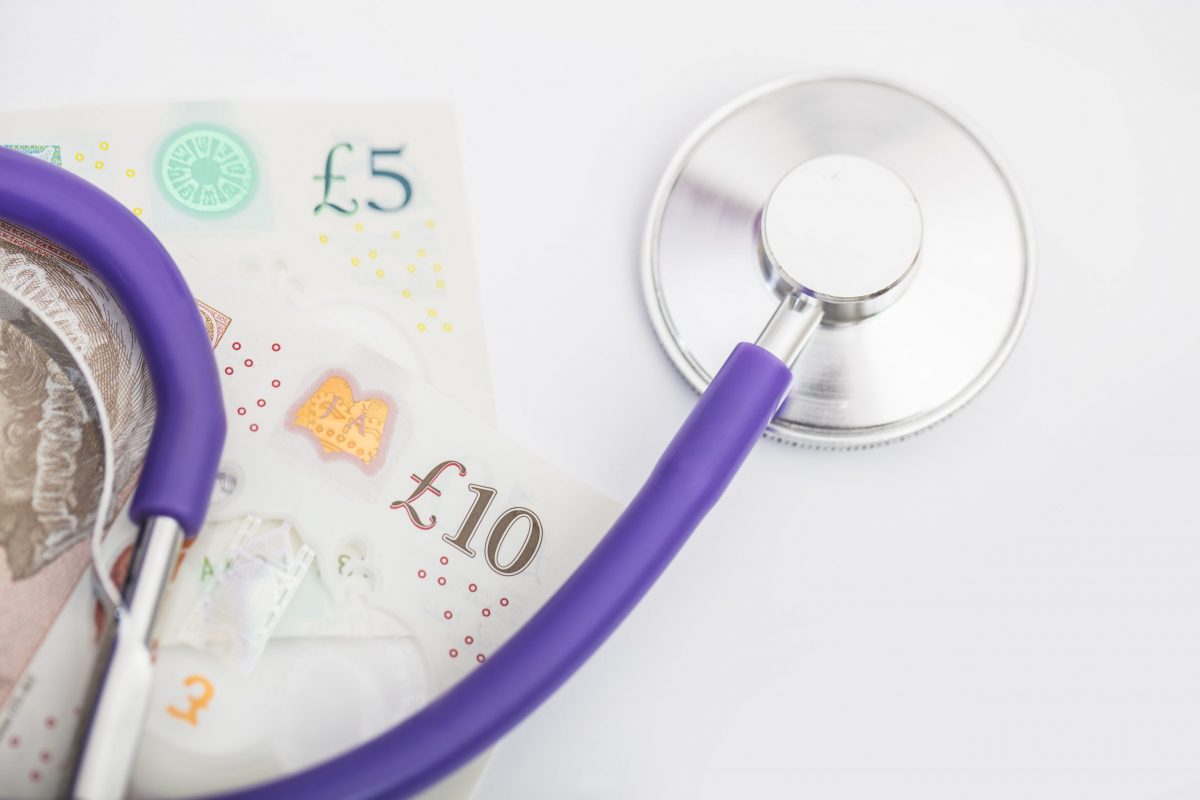The information – shingles
The patient's unmet needs (PUNs)
A 78-year-old man attends complaining of a unilateral, painful blistering rash which has been present for five days. He reveals the affected area – his loin and lower abdomen on the left side. He is otherwise well, has no significant medical history and is on no medication.
You make a diagnosis of shingles, and explain the natural history. ‘That's what my wife said it was,' he says. ‘But she had some questions: can I have tablets for it, why have I got it, and is it infectious?'
The doctor's educational needs (DENs)
What does trigger shingles? How often is it a sign of an underlying problem?
Shingles (herpes zoster) is a recurrence of chickenpox (herpes varicella). It is most likely to occur in people with chronic health problems such as COPD, rheumatoid arthritis and diabetes – although there is no data specifically on how often shingles is due to underlying problems.
Shingles can be triggered by a shock such as bereavement or an operation. But sometimes there is no obvious trigger and in these cases it may be worth checking for any apparently unrelated symptoms that could suggest an additional diagnosis.
Shingles is self-limiting, but the patient may report significant pain in the affected dermatome in the days preceding the outbreak. This is described as burning, stinging, itching or tingling, and ranges from mild to severe.
Does aciclovir benefit patients in the acute stage, their risk of post-herpetic neuralgia, or both? Is there any benefit in using it beyond the usual 72-hour cut-off? And, if within that threshold, should it be prescribed to everyone?
Aciclovir should be prescribed if the patient is seen within 72 hours of the symptoms starting. The dose is 800mg five times a day for seven days (cost £9.13). Alternatives include:
- valaciclovir – 1,000mg three times a day for seven days (cost £80.61)
- famciclovir – 250mg three times a day for seven days (cost £149.76) or 750mg once a day for seven days (cost £142.33).
The treatments reduce pain, blistering and viral shedding, and suppress – but do not eradicate – the virus. There is no evidence that valaciclovir or famciclovir are any more effective than aciclovir.
Drug treatment will be less useful after the 72-hour window has passed, but consider starting antiviral therapy up to one week after rash onset, especially if the person is at high risk of severe shingles or complications – for example, if they have continued vesicle formation, or are aged over 60, immunocompromised or in severe pain. Post-herpatic neuralgia is the most common complication of shingles.
There is little evidence that antivirals prevent the development of post-herpetic neuralgia, but it has been suggested that their use does make subsequent post-herpetic neuralgia more responsive to treatment.1 Antiviral drugs are very safe, so it makes sense to use them.
It's well known that the only issue in terms of infectivity is the transmission of chickenpox – but how great is this risk and what are the practical implications?
Shingles is a recurrence of chickenpox and so it is never caught from another person. A patient with shingles can transmit the virus and chickenpox, but only by direct skin contact with the rash, and only to people who have not yet had chickenpox. There is virtually no risk of transmission from being in a room with a shingles patient when their rash is covered by clothing. So you can reassure patients that they can go back to their normal activities as soon as they feel well enough.
But pregnant women who have not had chickenpox should perhaps be cautious about contact with shingles as it may damage the foetus in early pregnancy.2 If the woman becomes infected in the last days of pregnancy, there is a high risk of the baby also becoming infected (between 17% and 30%) since the baby has no maternal antibody. In this case, the neonate must be treated aggressively with antivirals as they are susceptible to the serious consequences of the virus.
A vaccine to prevent shingles has been approved by the Joint Committee for Vaccination and Immunisation, but this is not yet available in Europe.
How would the management differ if the area affected was the face – especially the area around the eye?
Shingles commonly reactivates from the trigeminal ganglion, causing rash and pain above one eye, on the forehead and on the front part of the head, above the ear.
Occasionally the eye itself is affected. If the rash appears on the tip of the nose, the nasociliary branch of the trigeminal nerve is involved and the eye will be affected in 75% of cases. If involvement of the eye is suspected on clinical grounds, refer the patient urgently.
Ocular herpes zoster will be diagnosed through staining with fluorescein to reveal ulceration. First-line treatment includes systemic aciclovir, aciclovir eye ointment and possibly a wetting agent. Do not use steroids for an undiagnosed red eye.
Dr Jenny Langdon is a GP in Holyport, Berkshire, and a patron of the Shingles Support Society
The Shingles Support Society supplies verified information on shingles and post-herpetic neuralgia for GPs and patients: www.shinglessupport.org.
The PUNs and DENs system of personal learning was developed by Dr Richard Eve, a GP in Taunton, Somerset.
References
1 Bowsher D. The effects of pre-emptive treatment of post-herpetic neuralgia with amitriptyline: a randomised, double-blind, placebo-controlled trial. J Pain Symptom Manage 1997;13:327-31
2 Sanchez MA, Bello-Munoz JC, Cebrecos I et al. The prevalence of congenital varicella syndrome after a maternal infection, but before 20 weeks of pregnancy: a prospective cohort study. Matern Fetal Neonatal Med 2011;24:341-7
Further reading
• NICE. Clinical Knowledge Summaries. NHS Evidence 2011. www.cks.nhs.uk/shingles/management/scenario_shingles












